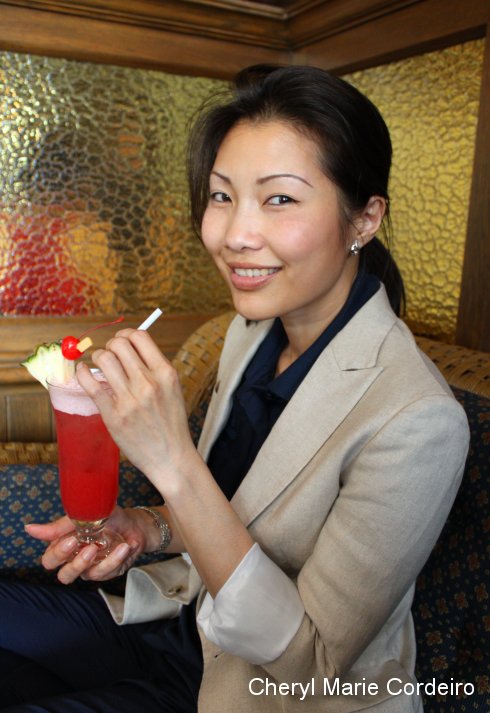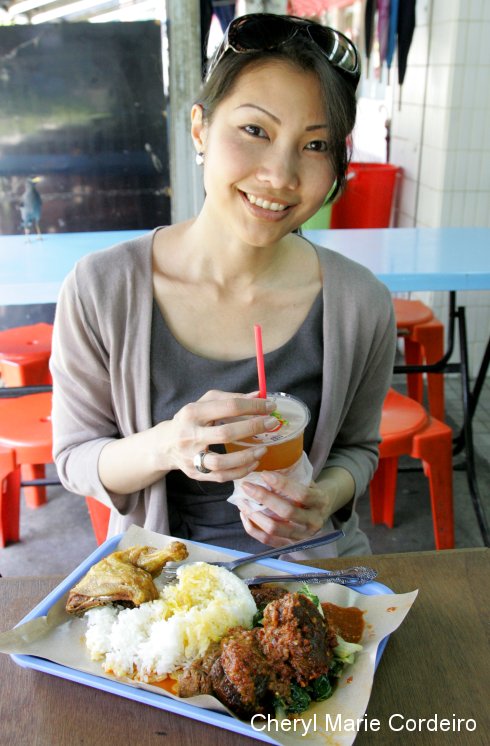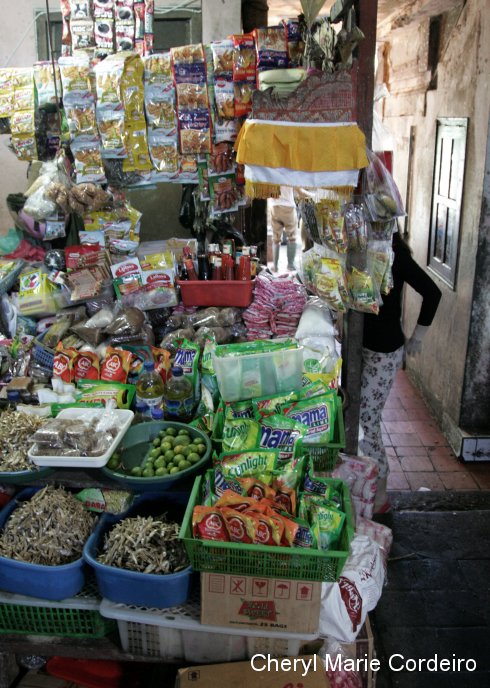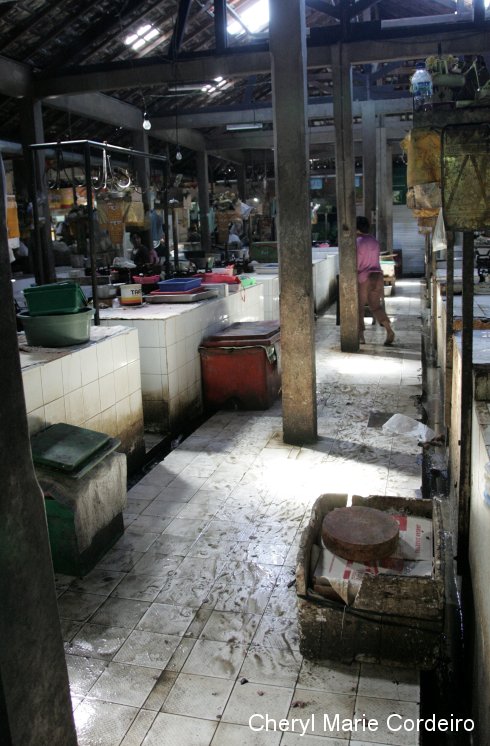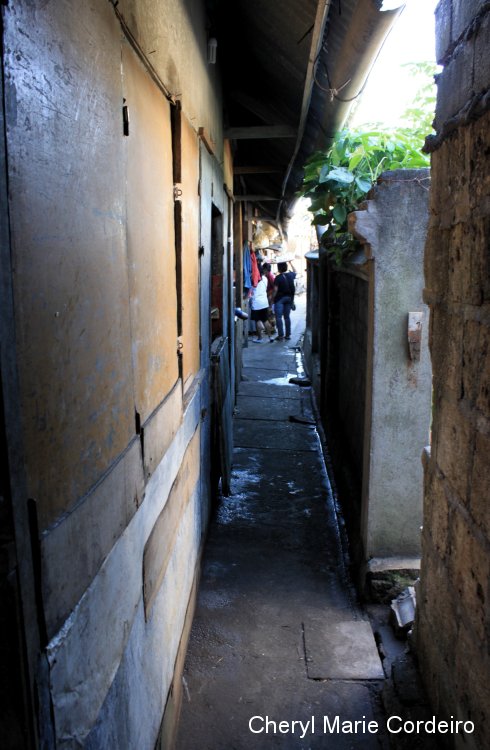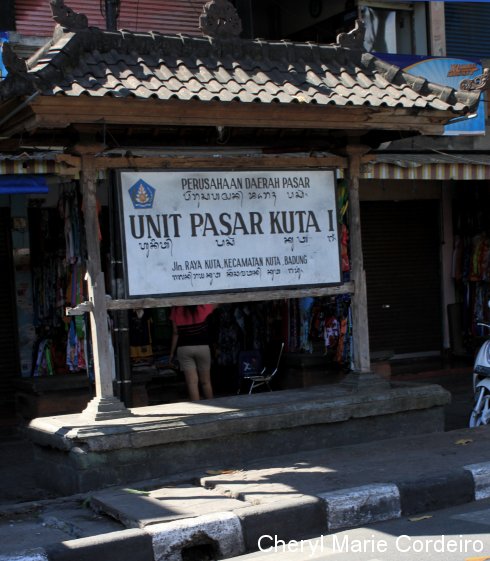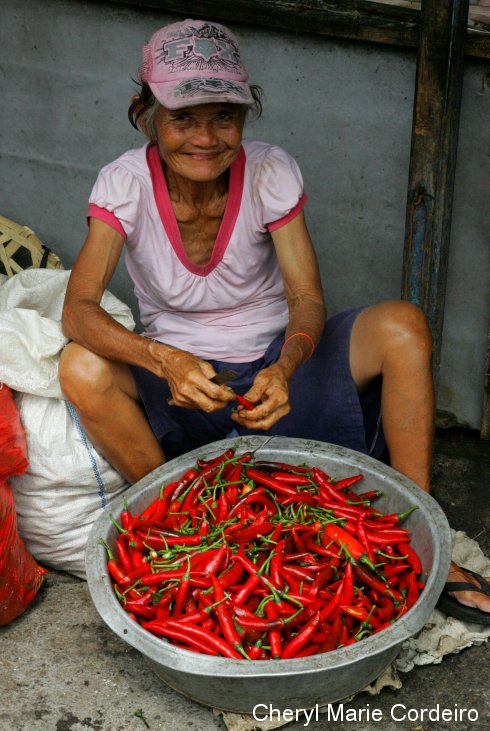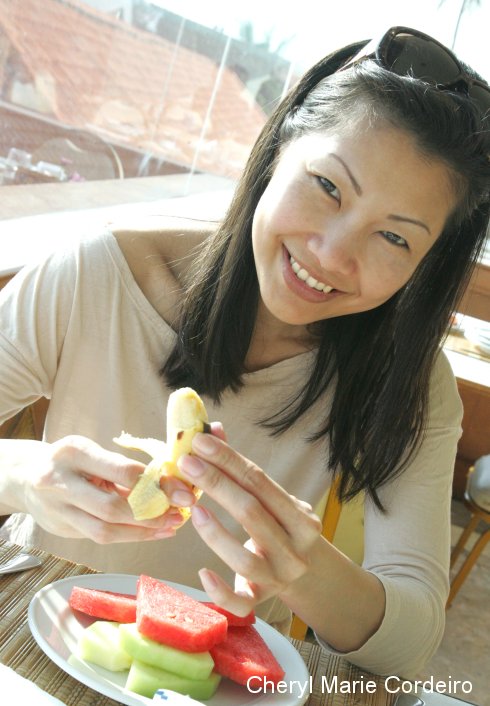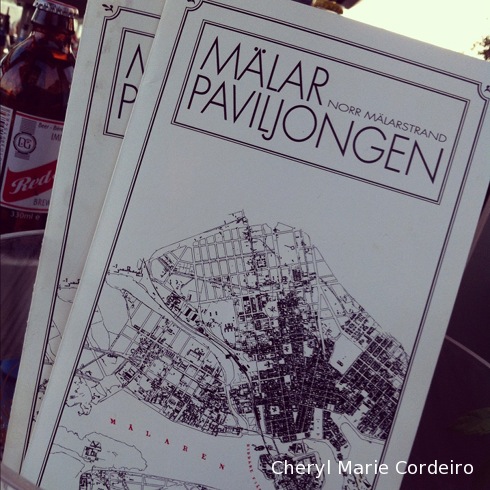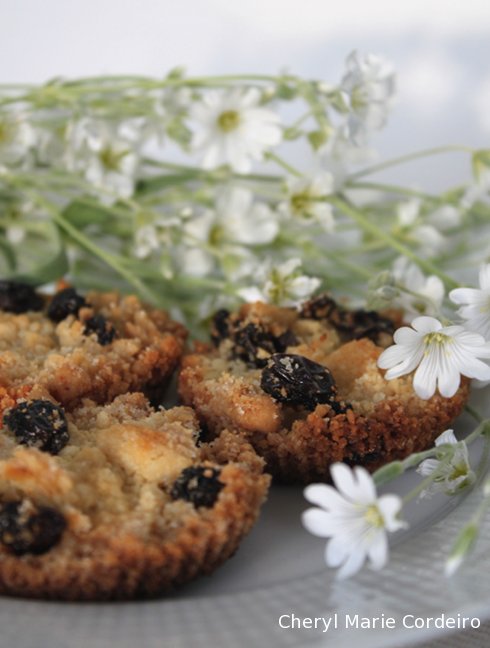With Valentino Valtulina in his wine cellar that in quick glance, shows his passion for remarkable passito wines such as Amarone and rare Italian specialties.
Text and Photo © JE Nilsson and CM Cordeiro 2012
I have often written about Italian hospitality and how their spontaneous generosity has the ability to grab and wrap you as a warm blanket. Just a few days ago I found myself back at what I have to admit is one of my all time favourite Italian restaurants in Singapore, and was hardly out of the taxi when I met the first of the Valtulinas outside of their restaurant at Jalan Bingka.
In an instant I was properly greeted Italian style, and promptly whisked into Perla Valtulina’s next door pastry boutique for a peek at her latest creations for their upcoming new restaurant and pastry boutique, to be located at 200 Turf Club Rd (#01-19) in Singapore.
Having not been back in Singapore for a while it felt I had missed quite some happenings on their side, not in the least that there is now a sit-in dining possibility at the pastry boutique – an option I thought brilliant for a chocolate addict such as myself – with the equally delightful possibility of takeaway gelato.
Continue reading “Back for lunch at Valentino’s, Singapore”

